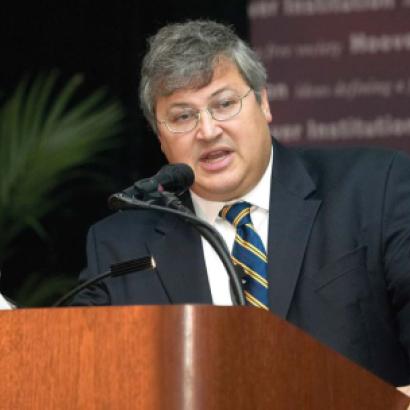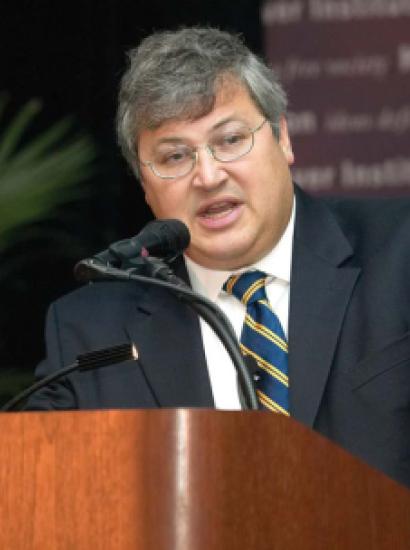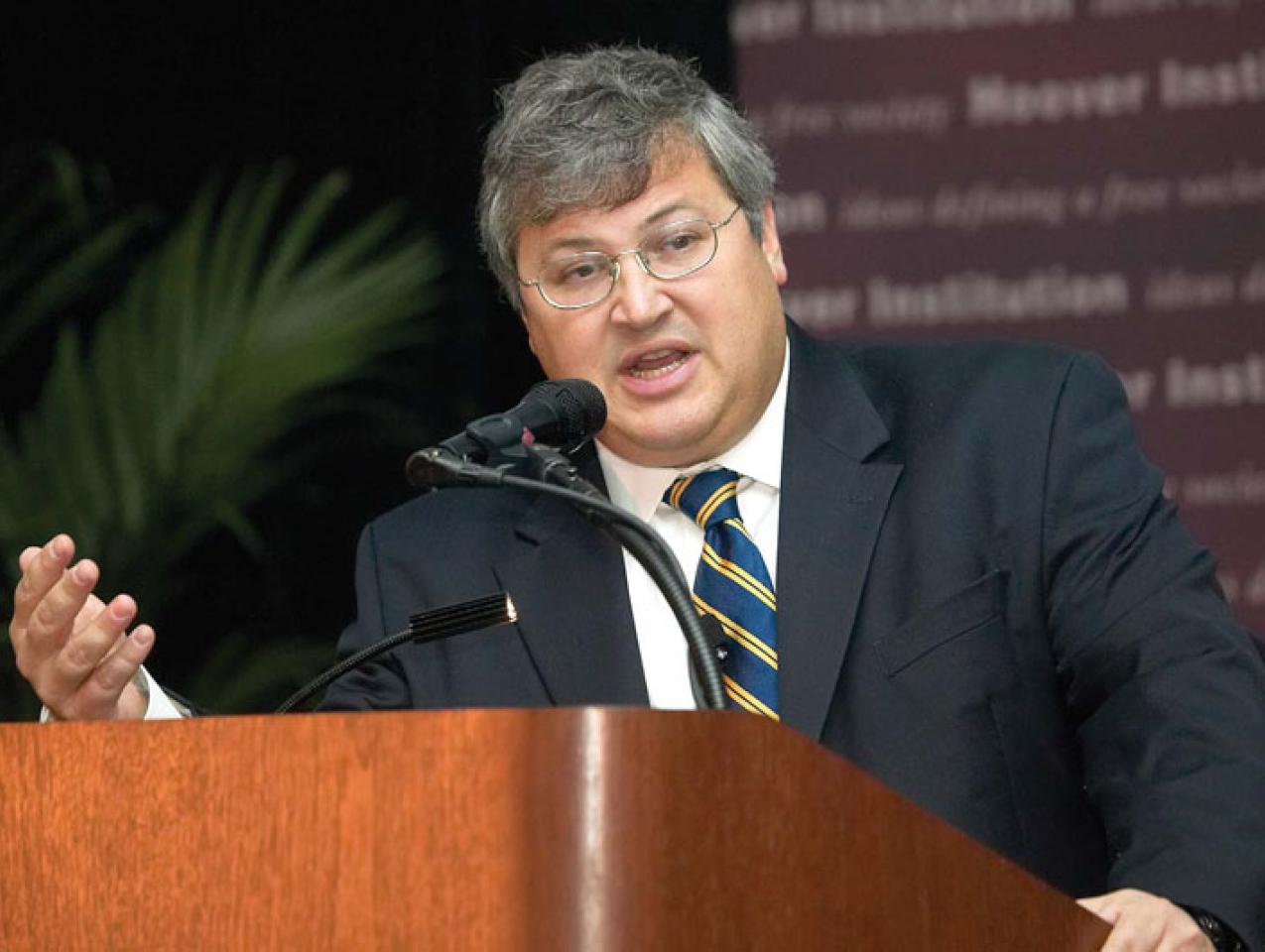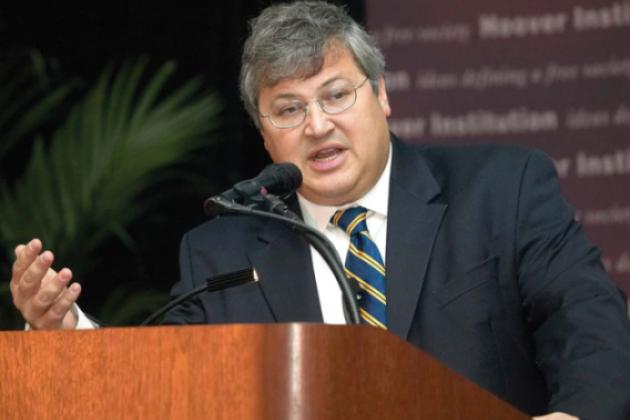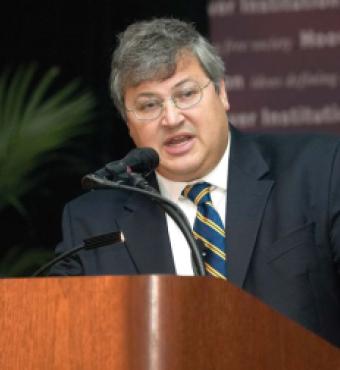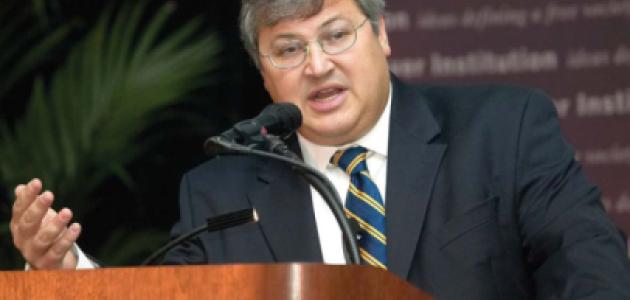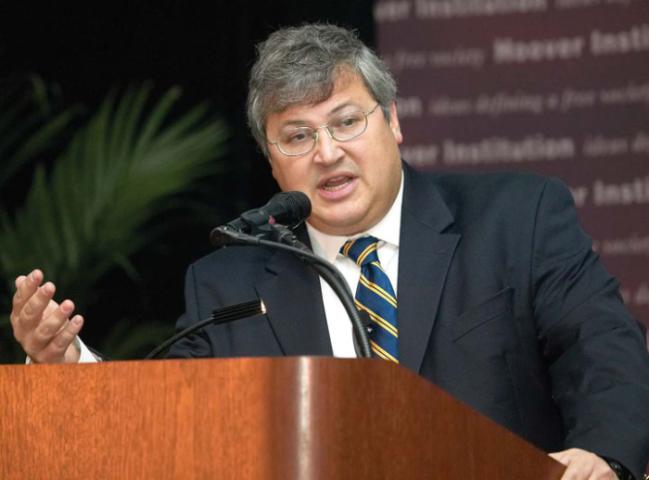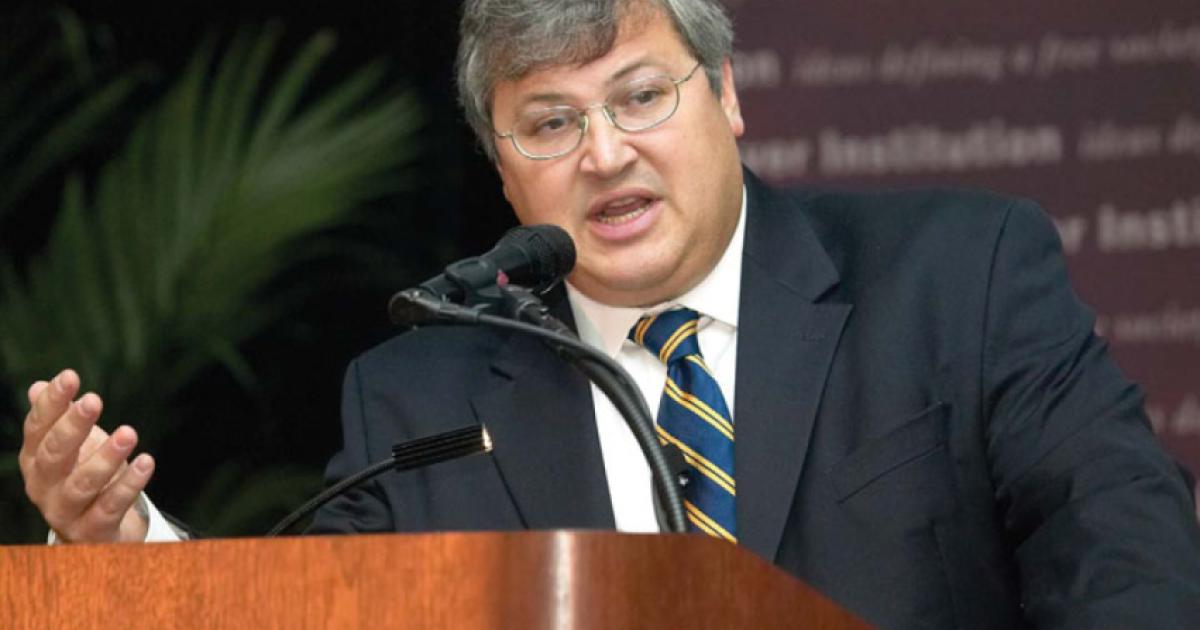By now you’ve probably read something about Jack Goldsmith’s new book on his brief service as head of the Justice Department’s Office of Legal Counsel. Goldsmith is suddenly everywhere: a big feature in the New York Times Magazine, a front-page story in the Washington Post, and broadcast interviews. The intense coverage is no surprise. His book, The Terror Presidency: Law and Judgment inside the Bush Administration, contains a wealth of unflattering details concerning the highest echelons of the legal war on terrorism—from the absentee landlordism of former attorney general Alberto Gonzales to the executive—power fanaticism of David Addington, the vice president’s then counsel and current chief of staff. And it details an extraordinary story: that of a conservative lawyer who found himself saying no to the president of the United States on some of the nation’s key intelligence programs in the midst of a war.
All of this has turned Goldsmith, who only a few short years ago was a highly controversial hire among lefties at the Harvard Law School, into something of a liberal hero. He is the man, after all, whose legal analysis triggered the famed showdown in then–attorney general John Ashcroft’s hospital room over the National Security Agency’s warrantless surveillance program and who withdrew the infamous “torture memos.”
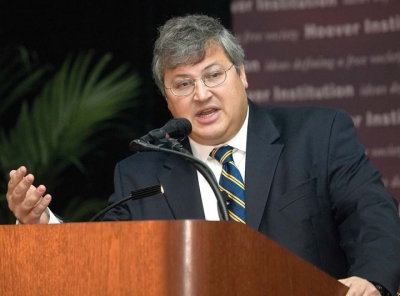
Far be it from me to dissent from the current lionization of Goldsmith. He is a close personal friend and someone whose work I admire deeply. We are both members of Hoover’s Task Force on National Security and Law. (I also consulted with him extensively as he was writing the book and am consequently acknowledged within it.) Goldsmith’s actions in government took immense courage, and he deserves all of the plaudits anyone wants to throw his way.
But I hope that his new fan club reads more than the juicy and damaging zingers about his former colleagues in its enthusiasm about this deeply interesting piece of work. For the story Goldsmith tells is, in truth, a complicated one. It is not all a critique of the Bush administration; on many points Goldsmith defends his former colleagues. Indeed, his story in some ways poses as great a challenge to the Left as it does to the hard-line mavens of executive power.
You don’t have to read very far into The Terror Presidency to realize that Jack Goldsmith is no human-rights lawyer. For starters, he disputes the common wisdom that the problem with the Bush administration is its “lawlessness.” In his account, the real problem was very nearly the opposite: “The administration has been strangled by law, and since September 11, 2001, this war has been lawyered to death.” The administration, Goldsmith argues, was obsessed with legal considerations to the exclusion of sound political judgment. Administration lawyers put too much faith in old precedents and failed to think about how the legal culture had changed. Intense fear of the next attack made them want to do everything legally permissible to stop it—so propriety and wisdom merged with legality, putting immense pressure on lawyers to, well, beat the law until it confessed. The result was, in some cases, fatefully shoddy legal work. But in other cases, where the law did support the administration, the administration failed to anticipate the bait-and-switch when the Supreme Court did not stand by the precedents on which the government had relied in good faith.
On the merits of many disputed issues, Goldsmith is far closer to the administration he criticizes than to his fellow critics. He decries, for example, the legalization of warfare and the application of criminal statutes to foreign policy decisions, describing “a paralyzing culture of risk-averse legalism in the military and, especially, intelligence establishments before 9/11.” He defends the decision to hold Al-Qaeda and Taliban fighters as “unlawful enemy combatants” and the legal propriety of military commissions. While he considered the torture memos legally unsupportable and withdrew them, he offers no objection in principle to highly coercive interrogation, writing that he had “very little basis for second-guessing my superiors’ judgment that certain detainees should be questioned as aggressively as legally possible.“
He also “shared many of the White House’s concerns with the Foreign Intelligence Surveillance Act (FISA),” the same law over which he and others were prepared to resign to force the administration to comply with it: “It seemed crazy to require the commander in chief and his subordinates to get a judge’s permission to listen to each communication under a legal regime that was designed before technological revolutions brought us highspeed fiber-optic networks, the public Internet, e-mail, and ten-dollar cell phones.” Goldsmith criticizes liberals for not taking the terror threat or the conflict with Al-Qaeda seriously.
The war according to Jack Goldsmith, in short, would look a great deal more like the war according to George W. Bush than it would the war according to the many people around the country who have fallen in love with Jack Goldsmith.
Except for one very big thing: in Goldsmith’s war on terrorism, the presidency would act in conjunction with the two other branches of government, not on its own.
Goldsmith’s critique of the administration, in other words, is more about the proper sources of presidential power in this arena than it is about the substance of the powers the president should have. He believes—as I have also argued—that the administration should have pervasively involved Congress as a way of legitimizing its own actions, and should have accepted some limitations on its power by way of garnering that legislative support.
This is a profound challenge to those who believe, as Goldsmith quotes Addington as saying, that “the Constitution empower[s] the president to do what he thinks is necessary to prevent an attack”—whatever that may be and whatever Congress may have said on the subject. But it is no less profound a challenge to those who believe that the proper response to the Bush administration is simply to tighten legislative restrictions and increase court oversight over all aspects of the war. The proper approach to an administration already “strangled by law” is not, after all, to tighten the noose.
The idea that the president ought to have a fairly free hand in the war on terrorism, but that the source of his freedom should be congressional permission for bold action rather than broad claims of inherent presidential power, lacks much of a constituency today. The ire directed at Democrats who supported the recent temporary FISA amendment is one dispiriting indication of that. The administration’s willingness to run the NSA’s program for years without getting such a statutory change is another. Yet seeking authorization from Congress for the sort of authority the presidency needs is the direction that the next president, Republican or Democrat, will have to pursue if the United States is to avoid endless litigation and political polarization over defeating terrorists, which ought to stand above partisan politics.
The rule of law is not always about restrictions; sometimes it’s about granting permission. In his brief career in government, Goldsmith reminded the Bush administration about the importance of restrictions. His book tells that story. It also, however, contains a plea for more permission. The question is how many people are prepared to engage both halves of the book.








